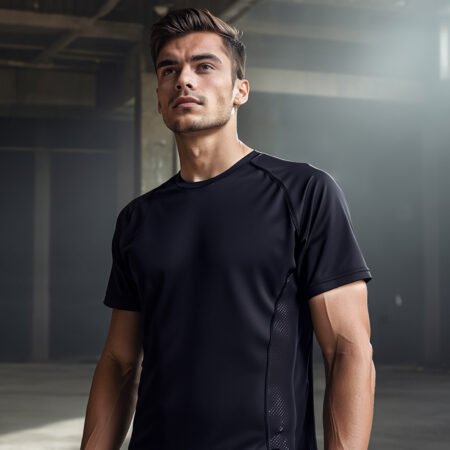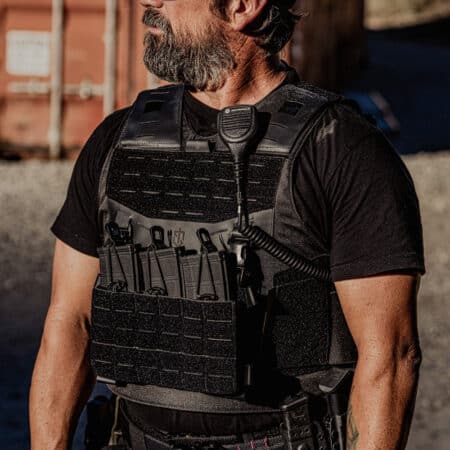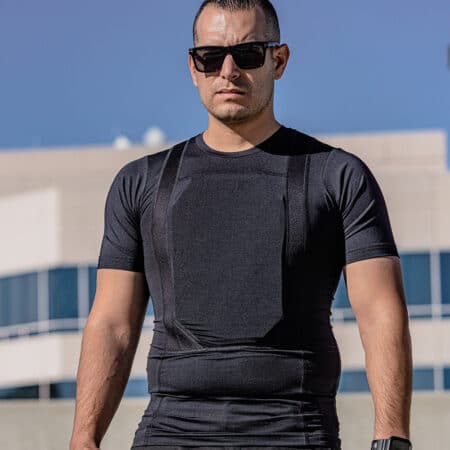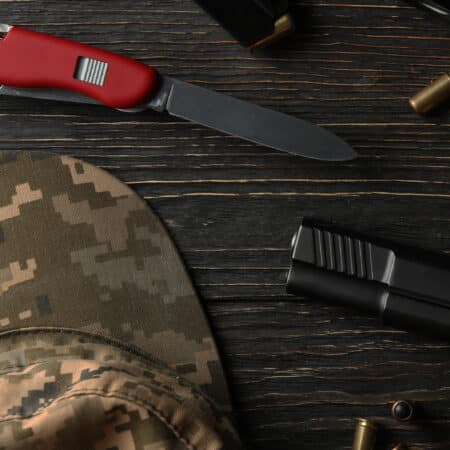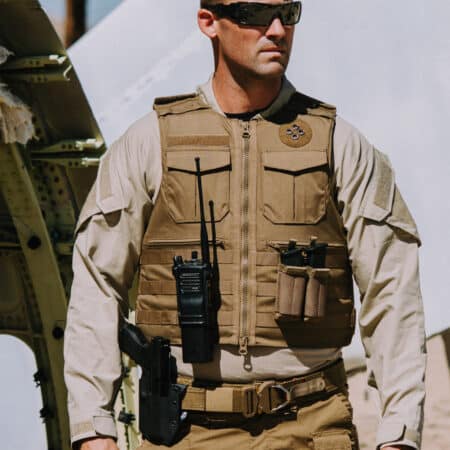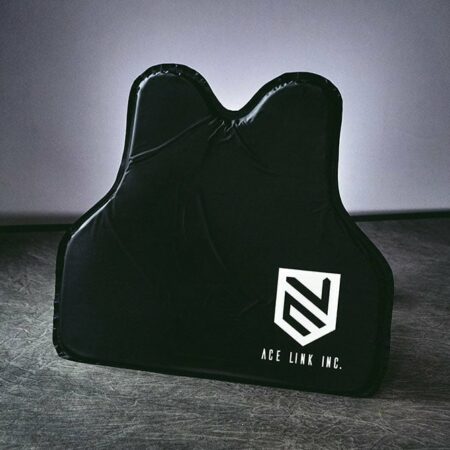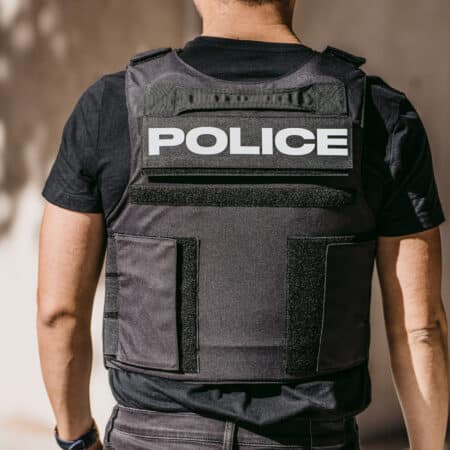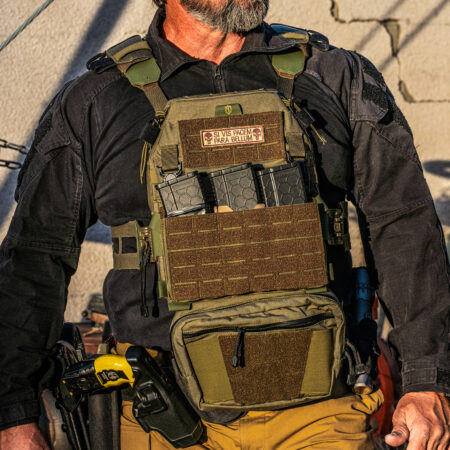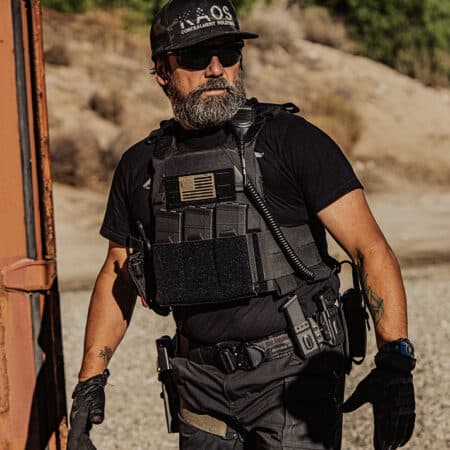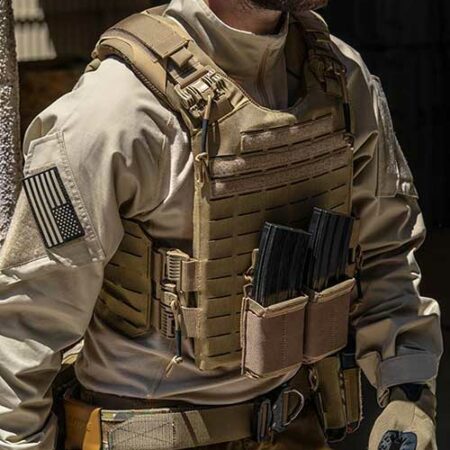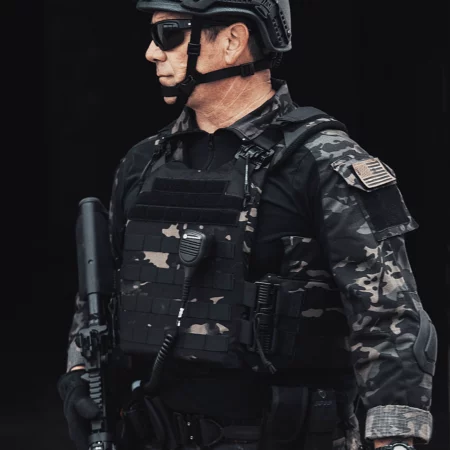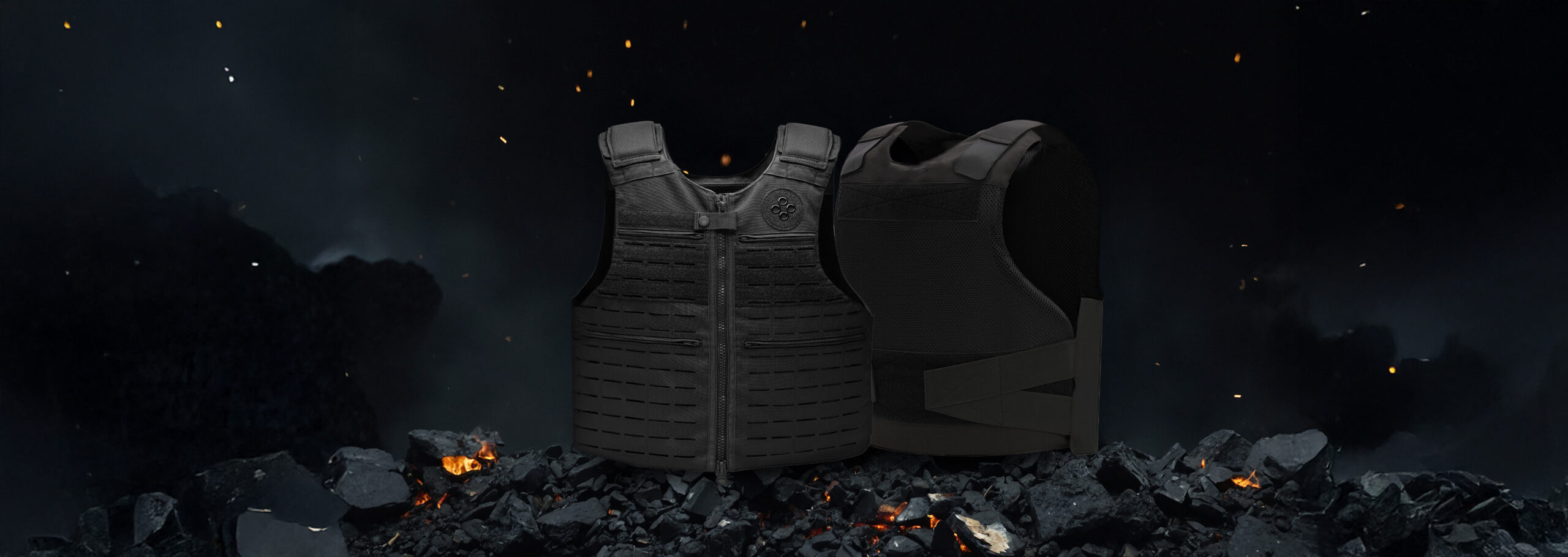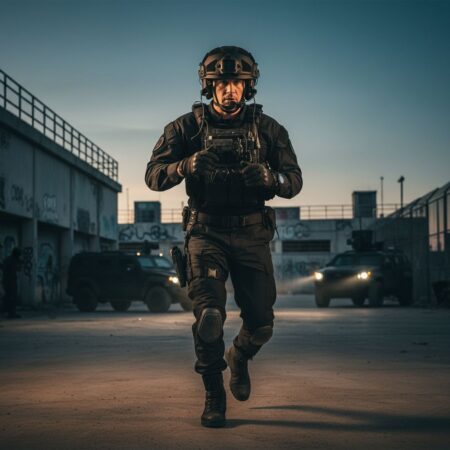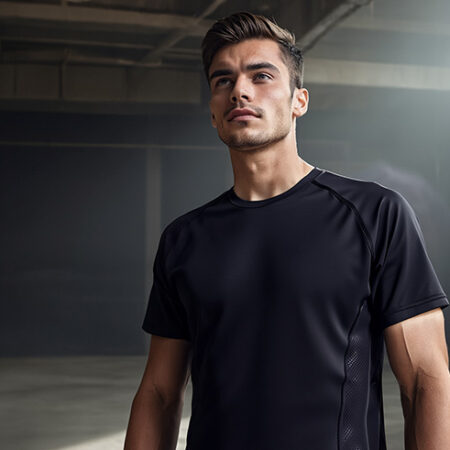- Table of Contents
- Quick Summary
- What is Advanced Body Armor and Its Purpose?
- The Importance of Advanced Body Armor in Security
- How Advanced Body Armor Works: Technology and Materials
- Key Concepts in Body Armor Ratings and Standards
- Turn Advanced Body Armor Knowledge Into Real Protection
- Frequently Asked Questions
- Recommended
Advanced body armor saves lives every day and stands between danger and survival in some of the world’s most unpredictable situations. Forget the bulky vests of the past. Modern suits use materials so strong and light that some can stop bullets traveling over 2,900 feet per second with less weight than a laptop. The real surprise is not just how tough these systems are but how they use science and design in ways that turn protective gear into a dynamic defense you can actually move in.
Table of Contents
- What Is Advanced Body Armor And Its Purpose?
- The Importance Of Advanced Body Armor In Security
- How Advanced Body Armor Works: Technology And Materials
- Key Concepts In Body Armor Ratings And Standards
Quick Summary
| Takeaway | Explanation |
|---|---|
| Advanced body armor reduces fatal injury risks. | It absorbs and disperses kinetic energy from projectiles, enhancing safety in dangerous situations. |
| Material innovation enhances body armor effectiveness. | Advanced materials like polymers and ceramics create strong, lightweight armor that improves mobility and protection. |
| Body armor ratings define protection levels. | The NIJ classification system indicates the armor’s capability against various calibers, ensuring consistent safety standards. |
| Ergonomic designs maintain operational effectiveness. | Modern body armor is engineered for comfort and flexibility, allowing users to perform duties without restriction. |
| Psychological confidence improves performance in threats. | Knowing they are protected boosts the morale of law enforcement and military personnel in stressful situations. |
What is Advanced Body Armor and Its Purpose?
Advanced body armor represents a sophisticated protective system designed to shield human beings from ballistic threats and potential physical harm. Unlike traditional protective gear, modern advanced body armor integrates cutting-edge materials, engineering principles, and ergonomic design to provide comprehensive personal protection across various high-risk environments.
The Fundamental Purpose of Body Armor
The primary objective of advanced body armor is to mitigate potential life-threatening injuries by dispersing and absorbing kinetic energy from projectiles. Research from the National Institute of Justice demonstrates that properly designed body armor can significantly reduce fatality rates in dangerous scenarios such as active shooter situations, military deployments, and law enforcement operations.

Key protective capabilities of advanced body armor include:
- Stopping high-velocity projectiles like bullets and shrapnel
- Minimizing blunt force trauma from impact
- Providing multilayered protection for critical body regions
- Maintaining mobility and operational effectiveness
Material Science and Protection Mechanisms
Modern advanced body armor leverages innovative materials like high-performance polymers, ceramics, and composite structures to create lightweight yet incredibly strong protective systems. These materials are engineered to dissipate kinetic energy through multiple mechanisms including:
- Deformation and fragmentation of incoming projectiles
- Spreading impact forces across a broader surface area
- Utilizing multi-layered energy absorption techniques
The engineering behind advanced body armor transforms passive protection into an active defense mechanism. By understanding the role of body armor in active shooter scenarios, individuals can appreciate how these sophisticated systems provide critical life-saving capabilities in unpredictable and dangerous environments.
Advanced body armor is not just equipment but a technological solution that represents the intersection of materials science, human physiology, and tactical preparedness. Its ongoing evolution continues to push the boundaries of personal protection, offering increasingly effective solutions for professionals and civilians facing potential physical threats.
The Importance of Advanced Body Armor in Security
Advanced body armor plays a critical role in modern security environments, providing essential protection for professionals and civilians operating in high-risk scenarios. Its significance extends far beyond basic physical defense, representing a sophisticated approach to personal safety and operational resilience.
Strategic Protection in High-Risk Environments
Research from the National Institute of Justice demonstrates that advanced body armor significantly enhances survival probability in dangerous situations. For professionals like law enforcement officers, military personnel, and security professionals, this protective technology can mean the difference between life and death.
Key strategic advantages of advanced body armor include:
- Providing critical protection in unpredictable threat scenarios
- Enabling continued operational effectiveness under potential attack
- Psychological confidence for professionals in high-stress environments
- Reducing potential long-term medical complications from potential injuries
Technological Evolution of Personal Safety
Modern body armor represents a quantum leap in personal protection technologies. By exploring material types for body armor, professionals can understand how advanced materials like high-performance polymers and ceramic composites create multilayered defense systems.

The technological progression of body armor reflects a comprehensive approach to personal security:
- Integration of lightweight materials without compromising protection
- Development of ergonomic designs maintaining user mobility
- Advanced energy dissipation mechanisms
- Customizable protection levels for specific threat environments
Beyond physical protection, advanced body armor embodies a profound commitment to human safety. It transforms passive defensive equipment into an intelligent, adaptive system that responds dynamically to complex threat landscapes. By continuously pushing technological boundaries, body armor manufacturers are not just creating protective gear but developing comprehensive safety solutions that empower professionals to perform critical missions with enhanced confidence and reduced risk.
How Advanced Body Armor Works: Technology and Materials
Advanced body armor represents a complex engineering solution that combines sophisticated materials science, physics principles, and ergonomic design to create protective systems capable of mitigating potentially fatal ballistic threats. Unlike traditional protective gear, modern body armor functions through intricate mechanisms of energy absorption, dispersion, and material interaction.
Ballistic Impact Mitigation Principles
Research from the National Institute of Justice reveals that advanced body armor operates on principles of energy management and material deformation. When a projectile strikes the armor, multiple defensive strategies are simultaneously activated to neutralize potential injury.

Key mechanisms of ballistic protection include:
- Disrupting projectile structural integrity upon impact
- Spreading kinetic energy across a broader surface area
- Preventing direct penetration through multiple material layers
- Absorbing and dissipating incoming force
Material Composition and Performance
The effectiveness of advanced body armor depends on strategic material selection and engineering. Understanding the comparative properties of armor materials reveals how different substances contribute to overall protective capabilities.
Critical material characteristics for advanced body armor encompass:
- High tensile strength and low weight
- Ability to rapidly deform and redistribute impact energy
- Resistance to multiple impact scenarios
- Thermal and chemical stability
Modern body armor integrates materials like ultra-high-molecular-weight polyethylene (UHMWPE), aramid fibers, ceramics, and advanced composites. Each material brings unique properties that contribute to a comprehensive protective system. The intricate layering and interaction between these materials create a dynamic defense mechanism that can adapt and respond to various ballistic threats, transforming passive protection into an intelligent, responsive shield designed to maximize human survival in high-risk environments.
Key Concepts in Body Armor Ratings and Standards
Body armor ratings and standards represent a critical framework that ensures consistent, scientifically validated protection levels for professionals operating in high-risk environments. These comprehensive guidelines provide a systematic approach to evaluating and classifying protective equipment based on its capacity to resist various ballistic threats.
National Institute of Justice (NIJ) Protection Levels
Research from the National Institute of Justice establishes the most widely recognized body armor classification system, defining specific protection levels that indicate an armor’s capability to stop different caliber ammunition and projectile types.
The NIJ standard protection levels include:
The following table organizes the National Institute of Justice (NIJ) protection levels and the corresponding threats they defend against, making it easier to compare body armor categories at a glance.
| NIJ Level | Protection Against | Example Ammunition |
|---|---|---|
| Level IIA | Low-velocity handgun rounds | 9mm, .40 caliber |
| Level II | Standard handgun rounds | 9mm, .357 Magnum |
| Level IIIA | High-velocity handgun rounds | .357 SIG, .44 Magnum |
| Level III | Rifle rounds | 7.62×51 M80 |
| Level IV | Armor-piercing rifle ammunition | .30-06 AP (armor-piercing) |
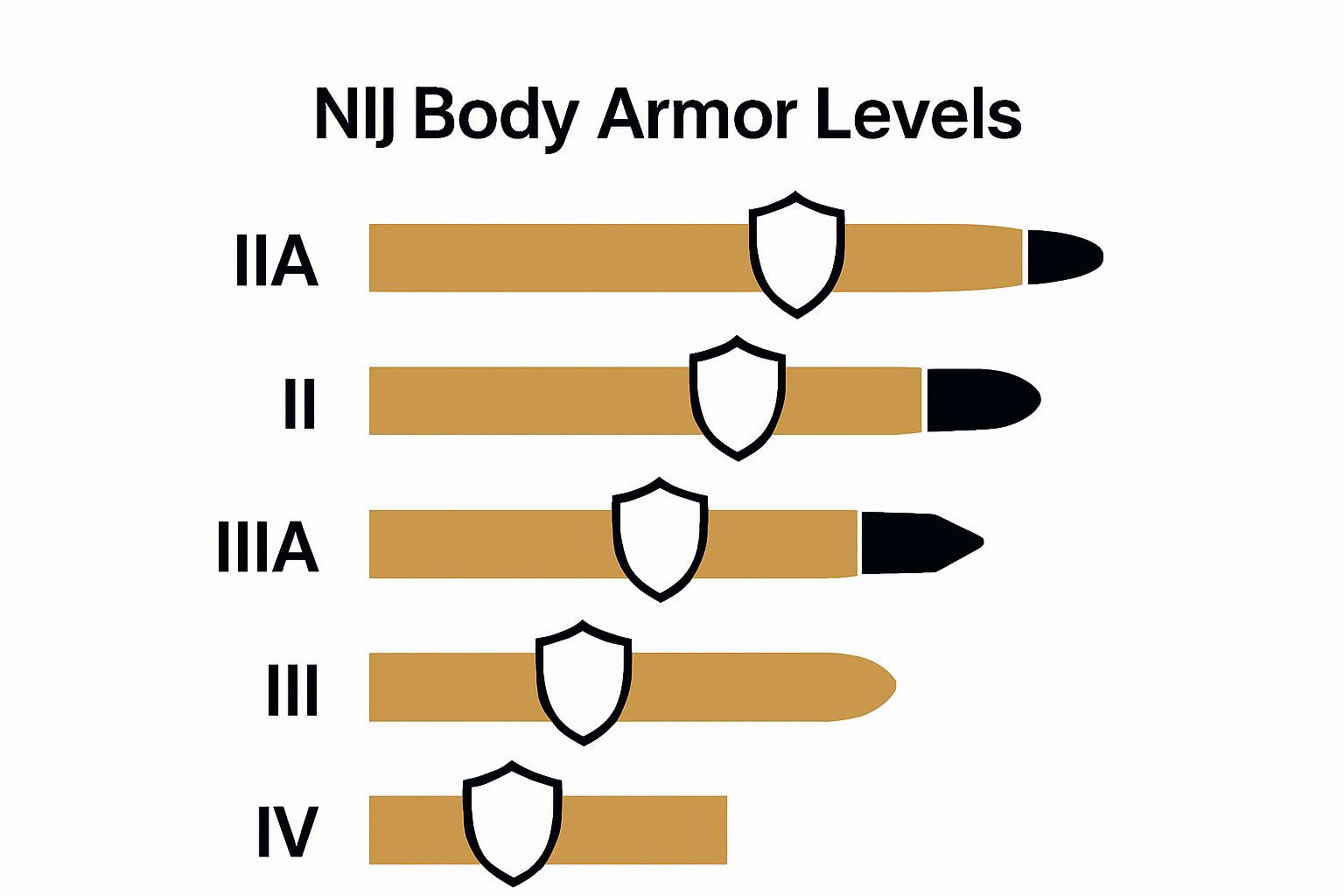
- Level IIA: Protects against 9mm and .40 caliber handgun rounds
- Level II: Stops 9mm and .357 Magnum ammunition
- Level IIIA: Provides defense against .357 SIG and .44 Magnum rounds
- Level III: Resists rifle rounds like 7.62x39mm
- Level IV: Offers maximum protection against armor-piercing rifle ammunition
Technical Testing and Verification Processes
Standardized testing protocols are essential in determining body armor effectiveness. Exploring advanced armor plate ratings reveals the intricate methods used to validate protective capabilities.
Critical verification processes involve:
- Controlled ballistic impact testing
- Multiple angle and velocity impact assessments
- Repeated strike capability evaluations
- Comprehensive material stress analysis
These rigorous standards ensure that body armor meets stringent performance criteria, providing professionals with reliable protection in unpredictable and dangerous scenarios. By establishing clear, scientifically validated protection levels, these standards transform body armor from simple protective gear into a precisely engineered safety solution that can mean the difference between life and potential catastrophic injury.
Turn Advanced Body Armor Knowledge Into Real Protection
Understanding the critical role advanced body armor plays in your safety is only half the story. If you are concerned about facing unpredictable threats or want to ensure your team is protected against high-risk environments, you know that equipment choice matters. Features like NIJ protection levels, innovative material strength, and reliable ballistic resistance are not just technical terms. They are what help minimize injury from blunt force trauma and prevent life-threatening incidents.
With the risks clearly explained in the article, now is the perfect time to take action. Explore AcelinkArmor’s selection of body armor and see firsthand how top-rated products like Level IIIA and Level IV solutions address the challenges outlined above. By investing in professional-grade gear, you reduce uncertainty and gain real confidence. Do not wait for a crisis to realize the importance of superior protection. Visit https://acelinkarmor.com to find the safety solution that matches your specific needs and experience the peace of mind that comes from trusted armor technology.
Frequently Asked Questions
What are the key benefits of advanced body armor?
Advanced body armor provides vital protection against high-velocity projectiles, reduces blunt force trauma, and enhances operational effectiveness in high-risk situations. To ensure maximum safety, evaluate armor based on its ability to protect critical areas such as the chest and back.
How does advanced body armor dissipate energy from projectiles?
Advanced body armor uses multiple mechanisms to disperse and absorb the kinetic energy from incoming projectiles. Understanding these mechanisms can help you choose armor designed to spread impact forces across a wider area and prevent penetration.
What factors determine the level of protection offered by body armor?
The level of protection offered by body armor is mainly determined by its material composition and construction standards. Review specific ratings provided by testing protocols to ensure that the armor meets your operational needs.
How do I interpret body armor ratings and standards?
Body armor ratings, such as those established by the National Institute of Justice, indicate the armor’s ability to stop various types of ammunition. Familiarize yourself with these ratings, focusing on the specific caliber and type of threats you may encounter to choose the right protection level.
What materials are commonly used in advanced body armor?
Advanced body armor is typically made from materials like ultra-high-molecular-weight polyethylene and ceramic composites, offering a balance of lightweight and high protection. To improve your selection, consider armor that incorporates a combination of these materials for optimal performance against ballistic threats.
How does ergonomic design affect the usability of body armor?
Ergonomic design in body armor ensures that it fits the human body comfortably while allowing for sufficient mobility during operations. When selecting armor, prioritize options that offer a good balance between protection and ease of movement, potentially increasing effectiveness in dynamic situations.
Recommended
- NIJ.06 Level 4 Hard Armor Plates – Ace Link Armor
- NIJ Rated Level IV Armor Plates – Ace Link Armor
- Level 3+ Armor Plate Special Threat 11×14″ – Ace Link Armor
- Level 4 SA Multi-curve Armor Plate – Ace Link Armor



